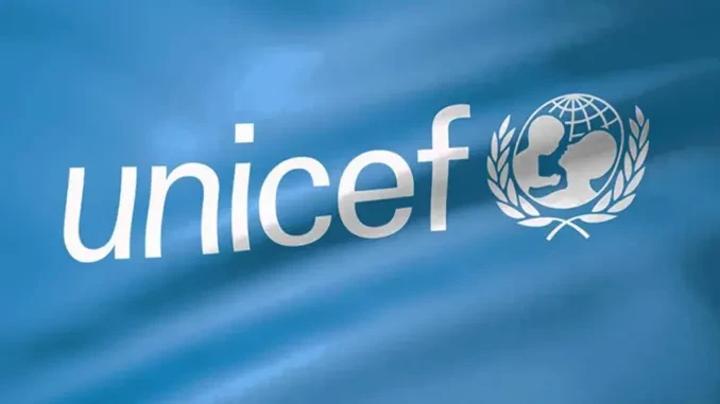Africa-Press – Zimbabwe. THE response towards funding for humanitarian needs in Zimbabwe remains critically low, a Unicef report has shown.
The humanitarian crisis in the country was triggered by the El Niño-induced drought, multiple public health emergencies and worsening economic instability throughout 2024.
Zimbabwe, including some southern African countries, faced one of the driest periods in four decades in the 2023/24 agricultural seasons, severely impacting about 7,6 million people, nearly 50% of the population, with 3,5 million of them being children.
The Zimbabwe Humanitarian Situation Report number 3, revealed that only 13% of the government’s El Niño appeal of US$3,3 billion has been mobilised.
According to the report, food insecurity remains a major concern, with drought-affected districts like Mbire, Mwenezi and Chiredzi remaining at risk of extended hunger periods.
These conditions have increased the need for school feeding programmes to prevent learning disruptions and reduce absenteeism and dropout rates, according to the report.
“Unicef Zimbabwe launched its Humanitarian Action for Children (HAC) appeal, requesting US$36,5 million to address the urgent needs of children and their families across high-priority districts,” the global body said.
“The government of Zimbabwe’s El Niño appeal, amounted to US$3,3 billion but only 13% was mobilised. Similarly, as of June 2025, Unicef Zimbabwe has received only US$4,5 million of its HAC funding requirement.
“These funds are being used to support communities affected by floods, cholera and drought through interventions in WASH [water, sanitation and hygiene], health, nutrition, child protection, education and social protection.”
Meanwhile, the report noted that an upsurge in cholera cases hit the country in November 2024, in which 778 cases were recorded (467 male and 311 female) which resulted in 23 deaths with a case fatality of 2,9% as of June 30, 2025.
“Poor access to safe water and sanitation, especially in informal settlements and artisanal mining communities, remains a key driver,” the report read.
According to the report, 160 923 cases of common diarrhoea and 79 related deaths were reported, alongside 9 761 dysentery cases and 69 suspected typhoid cases.
“While cholera cases declined compared to early 2024, the high number of diarrhoeal cases raises concern about undiagnosed cholera due to limited diagnostic capacity,” the report added.
The country reported 122 064 malaria cases, with 58 850 being male while 63 214 were female and 320 deaths, reflecting a case fatality rate of 0,27%.
For More News And Analysis About Zimbabwe Follow Africa-Press






